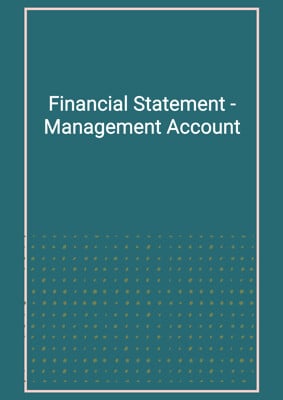How to Tailor the Document for Your Need?
01
Create Document
Click "Create Document" button and the document will be prepared with your account details automatically filled in.
02
Fill Information
Please fill in any additional information by following the step-by-step guide on the left hand side of the preview document and click the "Next" button.
03
Get Document
When you are done, click the "Get Document" button and you can download the document in Word or PDF format.
04
Review Document
Please review the document carefully and make any final modifications to ensure that the details are correct before publication / distribution.
Document Preview
Document Description
The document titled 'Pitch to Potential Investors / Incubators / Funders' is a comprehensive pitch outline that is designed to attract potential investors, incubators, and funders to support a business venture. The document is divided into six sections, each addressing a specific aspect of the pitch.
Section 1: Introduction
In this section, the document starts by introducing the name of the business and providing information about the entrepreneur and their team. It emphasizes the qualifications and expertise of the team members, highlighting their unique qualities that make them suitable for the project. The section also suggests including a short story to engage the audience.
Section 2: Problem Statement
The second section focuses on describing the problem that the business aims to solve. It advises the pitch presenter to provide a brief overview of the problem without going into unnecessary details if it is already well-known.
Section 3: Target Market
This section highlights the target market for the business. It suggests including figures on the market size and whether the project represents a blue ocean opportunity. The goal is to demonstrate the potential customer base and the market's attractiveness.
Section 4: Value Proposition
In this section, the document explains the importance of explaining why the target customers need the product or service offered by the business. It encourages the presenter to describe the benefits that customers would experience and paint a picture of how the world would be improved with the business's solution.
Section 5: Revenue Generation
The fifth section focuses on the business model and revenue generation. It prompts the presenter to explain how the business currently makes money or, if it is still in the early stages, how it plans to generate revenue in the future. This section is crucial for demonstrating the financial viability of the venture.
Section 6: Support Needed
The final section of the document addresses the support needed to grow or scale the business. It suggests identifying the specific types of support required, such as financial assistance, networking opportunities, infrastructure support, or IT support. This section aims to convey to potential investors or funders the specific areas where their assistance would be valuable.
Overall, the 'Pitch to Potential Investors / Incubators / Funders' document provides a detailed outline for a pitch presentation, covering all the essential aspects that would attract the attention and support of potential investors, incubators, or funders.
How to use this document?
1. Introduce yourself and your team: Begin the pitch by providing a brief introduction of yourself and your team members. Highlight your qualifications and expertise that make you suitable for the project. Consider including a short story to engage the audience.
2. Present the problem: Clearly explain the problem that your business aims to solve. Keep it concise if the problem is well-known.
3. Define your target market: Describe your target market and provide figures on the market size. Highlight whether your project represents a blue ocean opportunity.
4. Emphasize the value proposition: Explain why your target customers need your product or service and how they would benefit from it. Paint a picture of how the world would be improved with your business.
5. Discuss revenue generation: Outline how your business currently generates revenue or, if it is in the early stages, how it plans to do so in the future.
6. Specify support needed: Clearly state the support you need to grow or scale your business. Identify the specific types of support required, such as financial assistance, networking opportunities, infrastructure support, or IT support.
Note: Keep the guidance concise and to the point, focusing on the practical steps and implications rather than completing the document.
Not the right document?
Don’t worry, we have thousands of documents for you to choose from:














